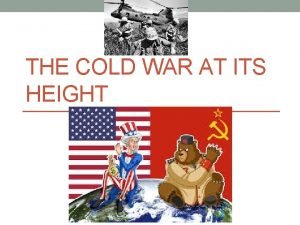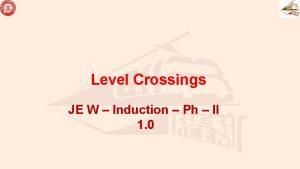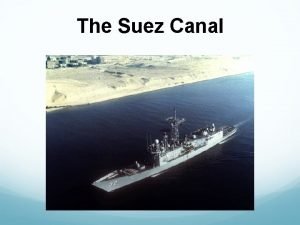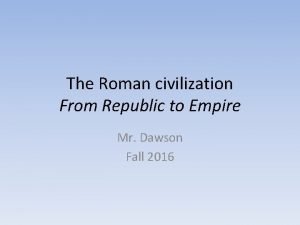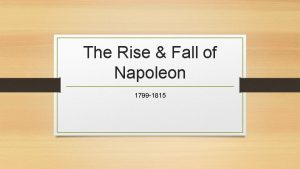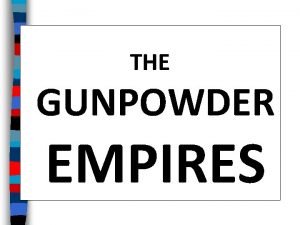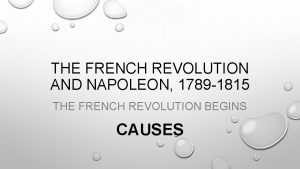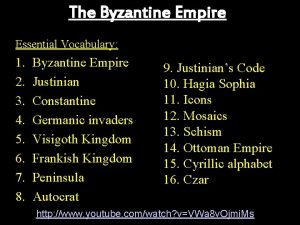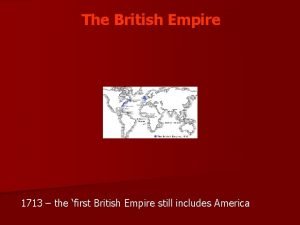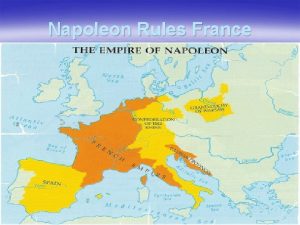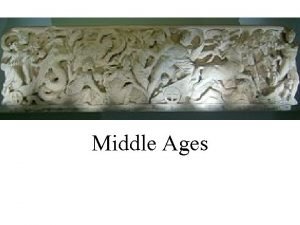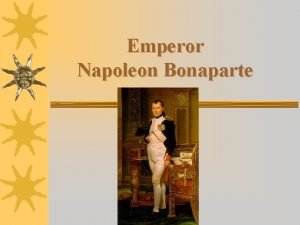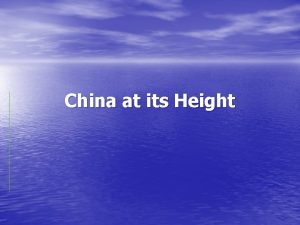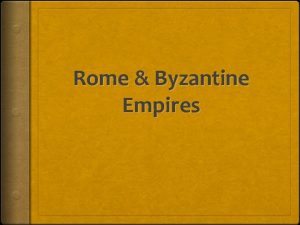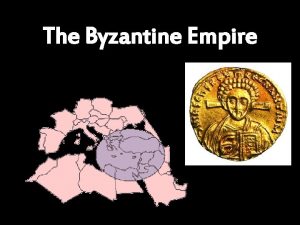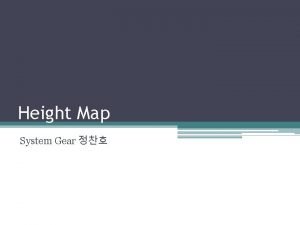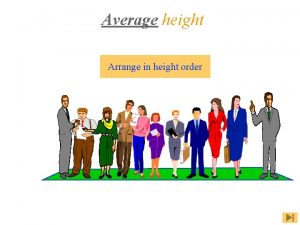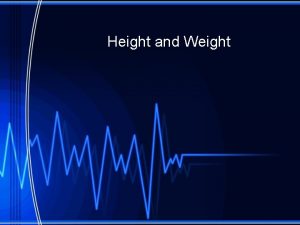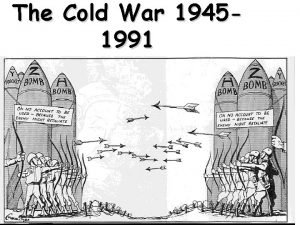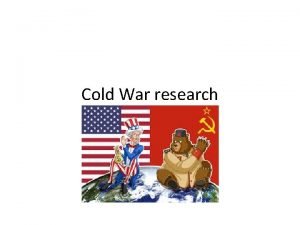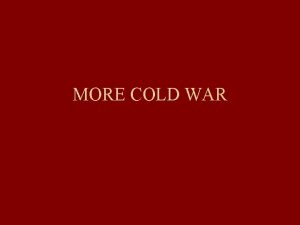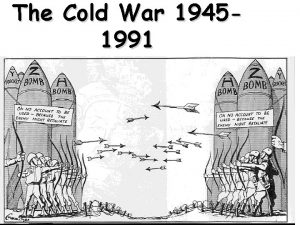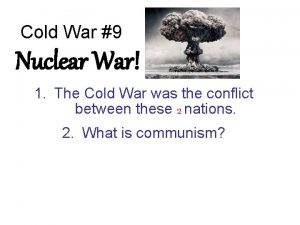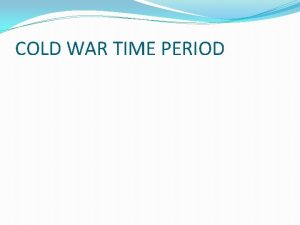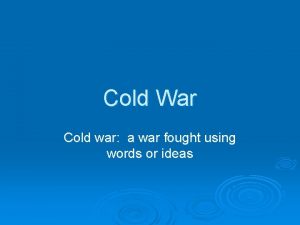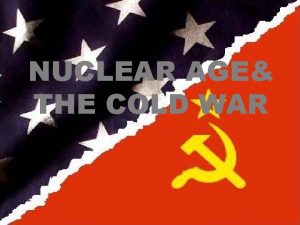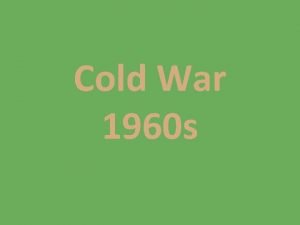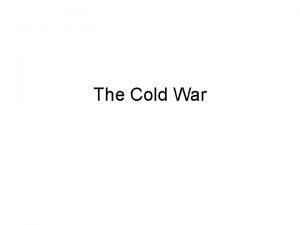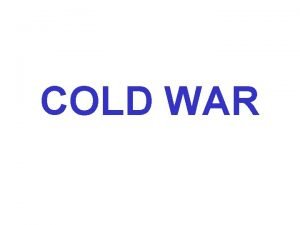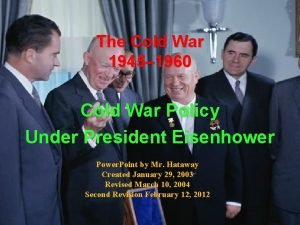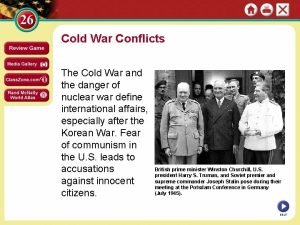THE COLD WAR AT ITS HEIGHT The Nuclear






















- Slides: 22

THE COLD WAR AT ITS HEIGHT

The Nuclear Arms Race • In 1949, the soviet Union exploded its first atomic bomb. • Soon both the United States and Soviet Union also developed far more destructive hydrogen bombs and the missiles to deliver them. • A space race also developed and the Soviet Union took an early lead when they launched Sputnik, a satellite, into outer space in 1957. • Both Superpowers realized these weapons were too powerful and could not be used without terrible consequences • They stockpiled nuclear weapons to serve as deterrents, preventing either Superpower from attacking the other


Competition leads to Conflict • The USA and the USSR both were soon locked in a new “Balance of Terror, ” which forced them to find other channels for competition. • They soon became involved in a number of regional conflicts, some of which led to warfare on a limited scale.

Nikita Khrushchev takes over USSR • In 1953, Stalin died • Nikita Khrushchev emerged as the next leader of the Soviet Union. • Khrushchev condemned Stalin’s atrocities, freed many political prisoners, and attempted to introduce changes into the Soviet Union. • Khrushchev’s condemnation of Stalinism triggered unrest in Eastern Europe, where local populations were unhappy with Communist rule.


Problems & Protests in Eastern Europe: Poland, Hungary, & Czechoslovakia • Poland • In 1956, workers went on strike demanding greater freedom. Khrushchev agreed to let Polish reformers handle their own affairs so long as Poland remained Communist and continued to be loyal members of the Warsaw Pact • Hungary • Students launched demonstrations in favor of reform. Unlike Poland, Hungarian leaders threatened to leave the Warsaw pact. Soviet troops were sent into Hungary in 1956 and brutally crushed the reform government • Czechoslovakia • In 1968, after Czech leaders proclaimed a more liberal policy called “Communism with a human face, ” the Soviets sent tanks into Prague. • Czech leaders were replaced by hardline Communists



Problems & Protests in Eastern Europe: East Berlin & The Berlin Wall • The split between East & West Berlin was a beacon to the prosperity of capitalism and the struggles of communism • Many East Germans fled to West Berlin and many who stayed in the East worked shopped and dated in the West • In 1961, Khrushchev had a wall built to seal off East and West Berlin, and barriers went up along the border of East and West Germany • This separated friends and families for many years • The Berlin Wall would see many reinforcements over the years and would serve as a strong symbol of the Cold War • There are many examples of East Berliners taking extreme measures to make it to West Berlin

Conrad Schumann • http: //www. youtube. com/watch? v=r. MAXq. V 23 g. HQ

http: //www. youtube. com/watch? v=9 VKVt 4 yuh. I


Communism Comes to Latin America • Widespread poverty and repression made • • Latin America ripe for the spread of Communist beliefs. In 1959, Fidel Castro overthrew the ruling dictatorship in Cuba. Castro came to power promising democracy to Cubans, but once in power he nationalized businesses and executed opponents. The United States reacted to the nationalization of American-owned businesses in Cuba by breaking off trade. Castro turned to the Soviet Union for support, and transformed Cuba into a Communist state




Bay of Pigs • In 1961, Cuban exiles armed and trained by the American Central Intelligence Agency (CIA), invaded Cuba at the Bay of Pigs • President John Kennedy refused to supply the rebels with air support to carry out their attack, and their invasion effort failed. • This was seen as a major embarrassment to the young US president

Cuban Missile Crisis • In 1962, American leaders discovered Cuba was secretly building bases to install Soviet missiles with nuclear warheads. • These would be within striking distance of US cities. • During the “Cuban Missile Crisis, ” President Kennedy ordered a naval blockade of Cuba and threatened to invade if the missiles were not withdrawn • The world stood on the brink of nuclear war. • Khrushchev finally agreed to withdraw the missiles for a pledge that the United States would not invade Cuba. • Khrushchev’s failure in the crisis contributed to his removal from power in 1964



 When was the height of the cold war
When was the height of the cold war Welcome 1 unit 10 lesson 1
Welcome 1 unit 10 lesson 1 Sides of cold war
Sides of cold war Lesson 15 nuclear quest nuclear reactions
Lesson 15 nuclear quest nuclear reactions Fisión nuclear vs fision nuclear
Fisión nuclear vs fision nuclear Tvu of level crossing
Tvu of level crossing World map suez canal located
World map suez canal located Roman republic at its height
Roman republic at its height Napoleon's empire at its height
Napoleon's empire at its height Ottoman empire at its height
Ottoman empire at its height Napoleonic france at its height
Napoleonic france at its height Western roman empire
Western roman empire Byzantine definition
Byzantine definition Was the british empire the biggest
Was the british empire the biggest Napoleon rules france
Napoleon rules france Benedictine rule
Benedictine rule Constantine was the emperor who ______.
Constantine was the emperor who ______. Napoleonic france at its height
Napoleonic france at its height China at its height
China at its height Phases of colonialism
Phases of colonialism China at its height
China at its height Byzantine empire geography
Byzantine empire geography Byzantine empire peak
Byzantine empire peak
